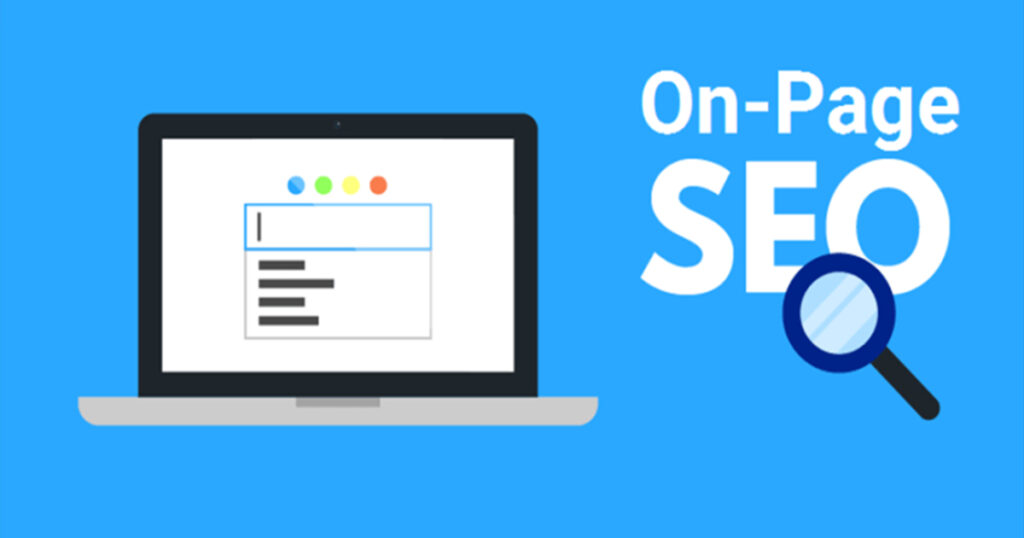ON-PAGE SEO SERVICES

Important of ON-Page SEO
On-page SEO is the practice of optimizing the elements on your website, such as content, code, speed, and structure, to improve your ranking and visibility on search engines. On-page SEO is different from off-page SEO, which refers to the actions you take outside your website, such as earning backlinks, social media, and reviews.
Why is on-page SEO important?
On-page SEO is important because it helps search engines and users understand what your website and pages are about, and whether they are relevant and useful for their search queries. By doing on-page SEO, you can increase your chances of ranking higher on search engines and attracting more organic traffic and conversions.
How to do on-page SEO?
There are many factors that affect on-page SEO, but some of the most important ones are:
- Content: Your content is the core of your website and the main reason why users visit your pages. You should create high-quality, original, and engaging content that matches the user’s intent and expectations. You should also use keywords and topics that are relevant to your niche and audience, and avoid keyword stuffing or duplication.
- Title tag: Your title tag is the element that displays as the main headline of your page on search engines and browsers. It should include your main keyword and a clear and catchy description of what your page is about. You should also keep it within 60 characters to avoid truncation.
- Meta description: Your meta description is the element that displays as the summary of your page on search engines. It should include your main keyword and a compelling call to action that entices users to click on your page. You should also keep it within 160 characters to avoid truncation.
- Heading tags: Your heading tags are the elements that structure your content into sections and sub-sections. They help search engines and users scan and understand your content better. You should use only one H1 tag per page, which should contain your main keyword and topic. You should also use H2 to H6 tags to organize your subheadings and include relevant keywords and variations.
- Alt tags: Your alt tags are the elements that describe the images on your pages. They help search engines and users who cannot see or load your images understand what they are about. They also improve your accessibility and user experience. You should use descriptive and relevant alt tags for each image, and include keywords when appropriate.
- Site speed: Your site speed is the measure of how fast your pages load on browsers and devices. It affects your ranking, traffic, and conversions, as well as your user satisfaction and retention. You should optimize your site speed by reducing the size of your images, files, and code, using caching and compression techniques, using a content delivery network (CDN), and more.
- Site structure: Your site structure is the way you organize your pages and links on your website. It affects your navigation, usability, crawlability, and indexability. You should create a clear and logical site structure that makes it easy for users and search engines to find and access your pages. You should also use internal links to connect related pages and distribute authority across your site.
How to measure on-page SEO?
To measure the effectiveness of your on-page SEO, you can use various tools and metrics, such as:
- Google Analytics: Google Analytics is a free tool that tracks and reports various aspects of your website performance, such as traffic sources, behavior, conversions, goals, etc. You can use Google Analytics to measure how well your pages are attracting and engaging users, how long they stay on your site, how often they return, how much they convert, etc.
- Google Search Console: Google Search Console is a free tool that helps you monitor and optimize your website’s presence on Google search results. You can use Google Search Console to measure how well your pages are ranking for different keywords, how often they appear on search results, how many clicks and impressions they receive, etc.
